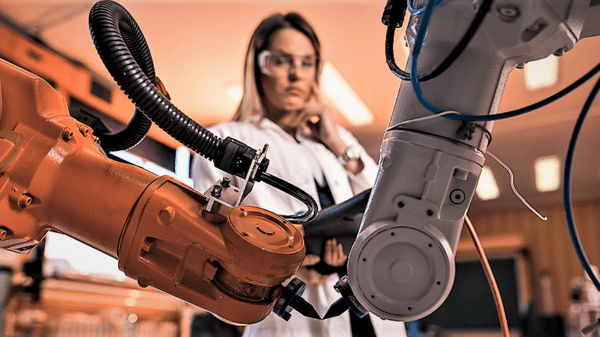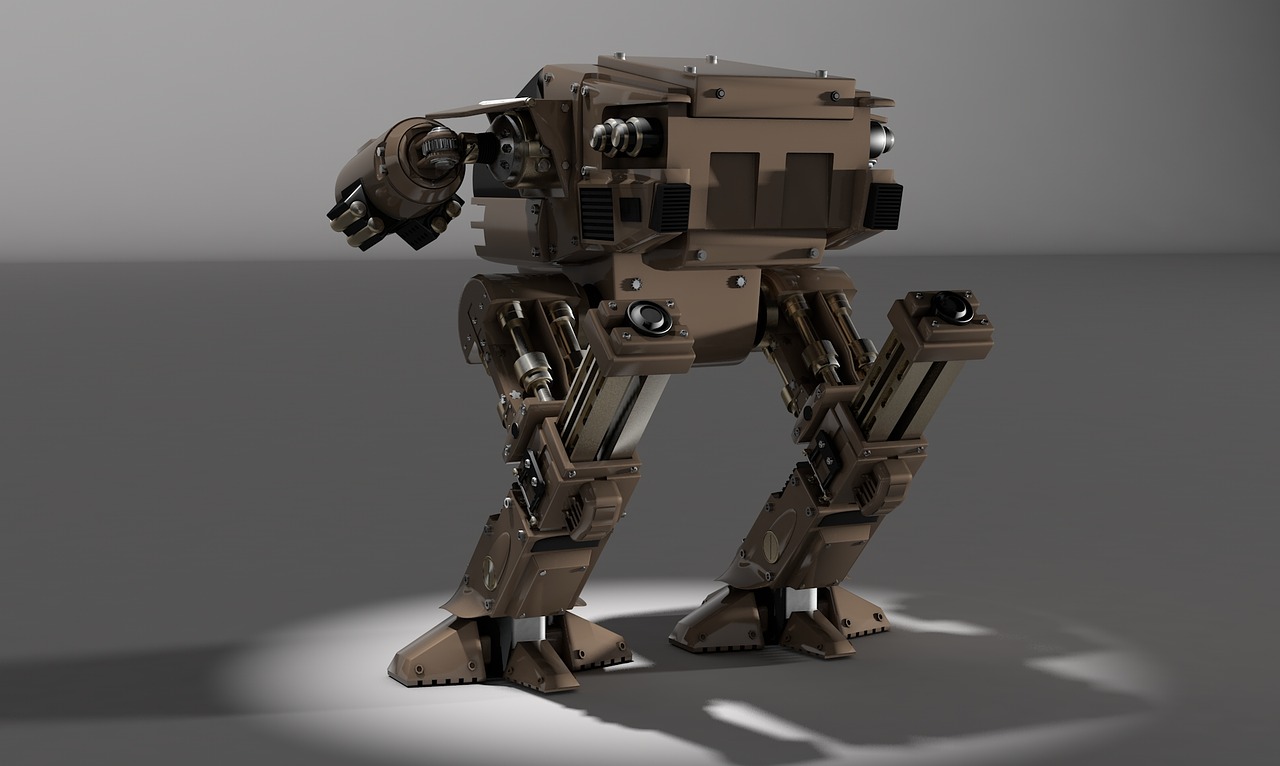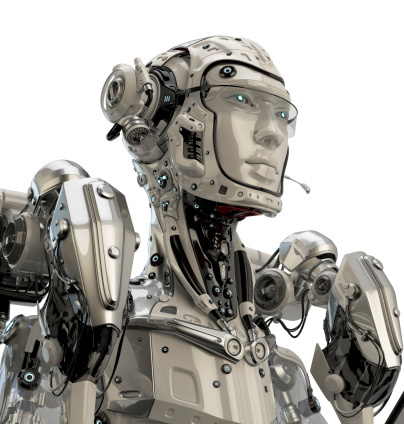We understand the controversy surrounding the integration of robotics in the workplace. It is only natural for us to feel wary of the things that we still do not fully comprehend and test, especially since there is a lot of talk about full implementation eventually replacing human employment.
But that is not the case. Remember, robots, as with any technology, are developed in order to make our lives easier and not harder. There are actually a lot of advantages to having robots in the workplace. The two that stand out are safety and productivity.
Robots can take over high-risk tasks that put human lives at stake. On the other hand, they can also handle menial tasks (such as automated processes that can simply be monitored through web push notifications) in order to free employees to take on more engaging work, boosting job satisfaction and enjoyment.
Rules for Robots
Science fiction author, Isaac Asimov came up with the three laws of robotics way back when the very idea of robots was only developing. In a nutshell, these three rules are 1) robots may not injure humans; 2) robots must obey humans unless it is to harm another human; and 3) a robot must protect itself unless doing so will harm a human.
These rules are pretty vague, though, marking a need for the creation of new rules moving forward. New Scientist proposes these five:
- It must not injure humans.
- It must be able to explain itself.
- It must treat humans equally.
- It must never impersonate a human.
- It must have an off switch.
What do you think?
What Are Robots?
Before we can really delve deeper into robotics, though, allow us to define what we really mean when we say “robots”. For the purposes of this article, a robot is a machine that is capable of doing a series of tasks with varying difficulties. They may not always look humanoid or equipped with artificial intelligence each time.
While there is a wide spectrum of different robot types, they can actually be clustered into three categories:
- Educational. These are robots that can be assembled through robot kits specifically for educational purposes. These also include robots that are currently in the development and testing phase.
- Consumer. These are robots that can be bought in the market for personal use either as toys, for simple chores, or for entertainment purposes. These include robot-vacuum cleaners, AI assistants, and Furby.
- Service-Oriented. Finally, there are robots that were created for specific purposes. These include surgical robot arms, disaster-relief robotic vehicles, and manufacturing equipment.
How Robots Enter the Workplace?
The third robot category is the one you are likely most interested in. After all, these are the types of robots that can significantly improve your workplace.
Robot implementation affects multiple aspects of your business:
Productivity
Robots never take breaks and they never grow tired. Thus, you are ensured of a constant and consistent stream of accomplished tasks whenever you need it for as long as you do.
This will also free human employees to focus on other tasks that require creativity and decision-making, processes that are beyond the ability of robots.
Employment
Because robotics can now accomplish minimal and high-risk tasks, it will certainly boost the quality of employment that you can provide your employees. It will also encourage people to look for positions that will satisfy their passions, as well as attract such talents to your company resulting in an overall improvement of the quality of employees that your company has.
Jobs
Most of us are worried about what it means to fully integrate robotics into various industries, especially those at the lowest tiers of the labor force. We believe, though, that it is high time to transition people from such demoralizing jobs.
This change will force companies to improve working conditions and put more value into people’s lives. Hopefully, it might even phase out unethical labor sooner rather than later.
As for the question of job loss, it is important to note that robotic integration will simply open new job positions. Only this time, people will be managing robots from a safer position.
What Skills Will Employees Need to Be Trained in to Work Alongside Robots?
Training your employees’ robot operation is a given, but beyond that, it is highly suggested to invest in soft skills. After all, robots will never be able to take the place of creativity, flexibility, and strong decision-making skills that only humans have.
Conclusion
Robotics is not a thing of tomorrow anymore. That future is already here and robotic integration is definitely something that you should consider as an employer if you want to keep your business ahead of your competitors.
Despite the controversies surrounding this technology, robotic integration still proves to be a technology that offers a myriad of benefits to your workplace such as added safety and increased job satisfaction.
You will need to improve the soft skills of your employees, though—skills that no level of robotic advancement will ever be able to replace.
Levi Neyman is a marketing analyst at Adrack.






















































































































































































